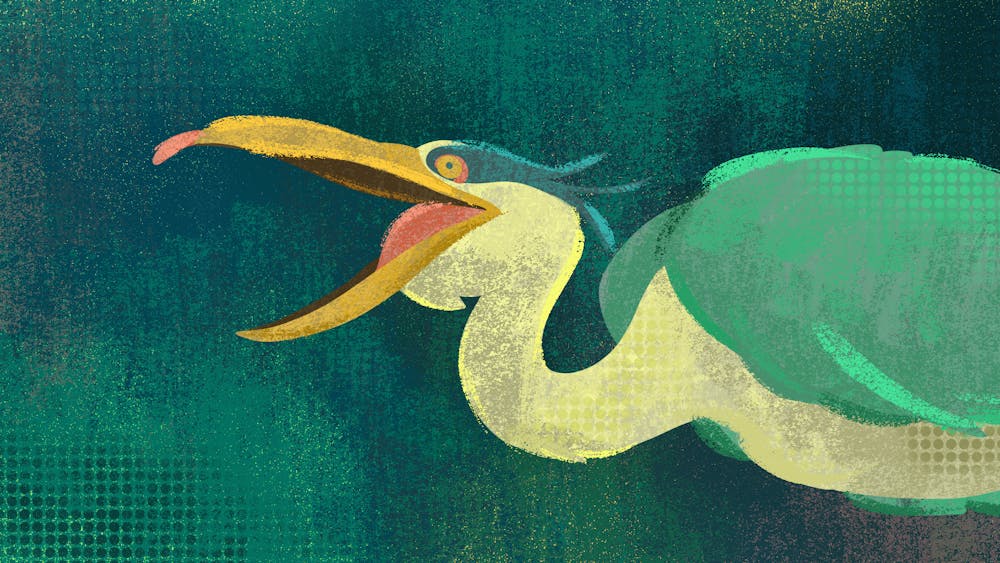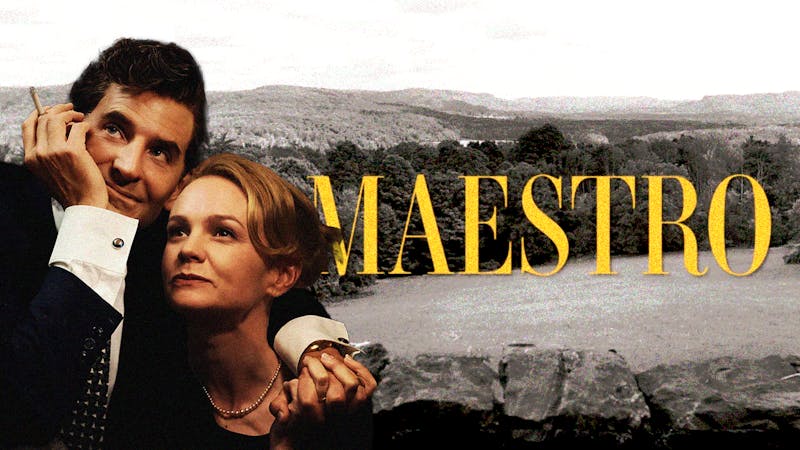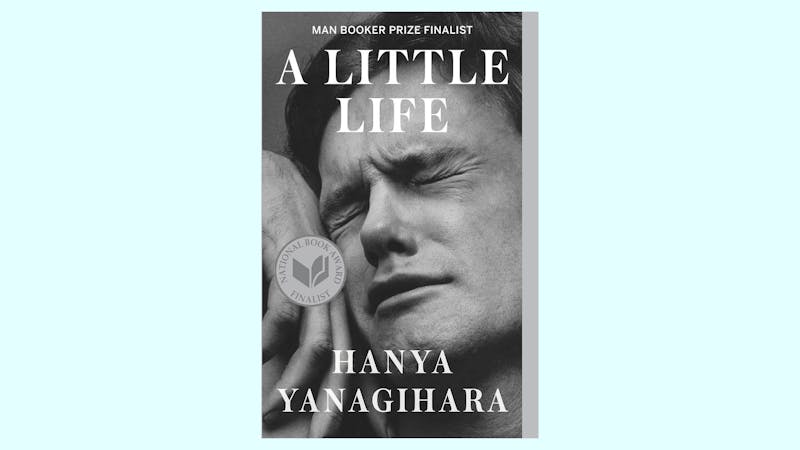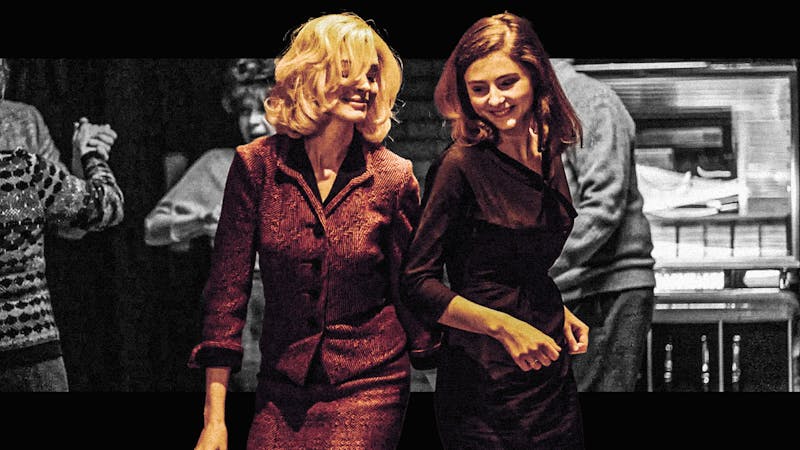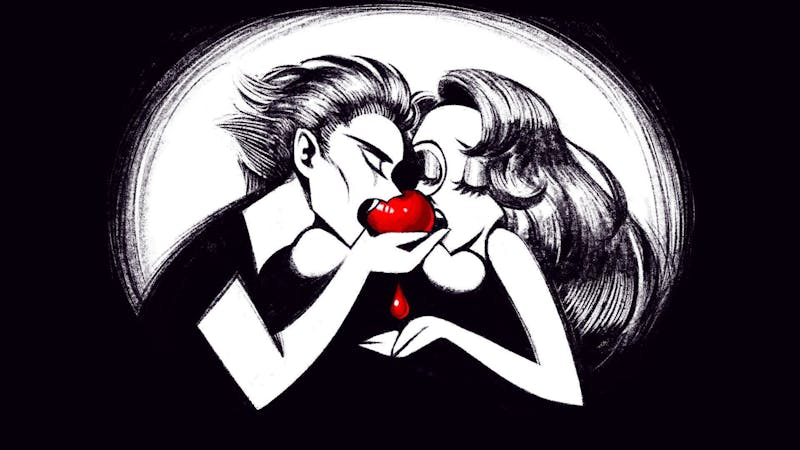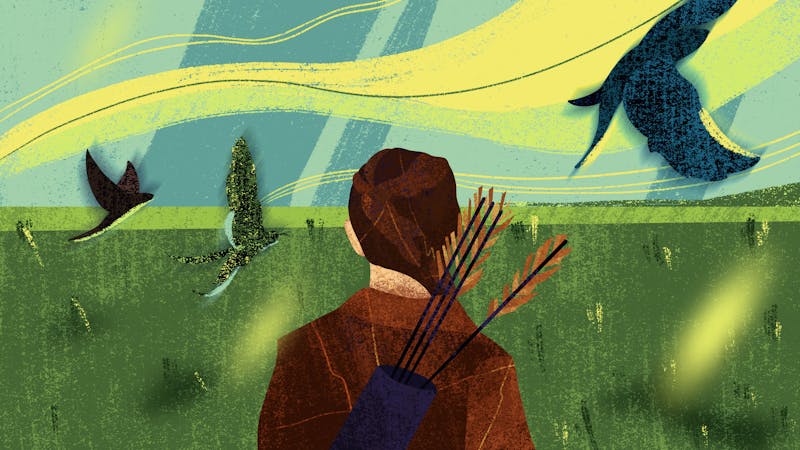Weike: Hayao Miyazaki’s newest entry to his glorious filmography bears every hint of a final swan song. It’s a film with a culmination of everything that fascinates Miyazaki: a young boy’s adventure, a parallel reality, and even planes and his obsession with flying. Simultaneously, it’s also a film with ten years in the making, even carrying a title (in Japanese) that begs the most fundamental question of our existence: how do you live? Fiona, how does it feel like to watch The Boy and The Heron in comparison with the other Miyazaki animations?
Fiona: While seemingly initially jarring with its harsher, more unfamiliar storytelling rhythm and a maturer undertone in contrast to the comfort of My Neighbor Totoro and Ponyo, plenty of his philosophies, themes, and techniques that we have grown to expect are central to the film.
The Boy and the Heron’s opening may seem shocking for a Miyazaki film: it directly opens with the protagonist Mahito forever separated from his mother as a result of a deadly bombing in Tokyo during the Pacific War. What follows is Mahito’s journey to grapple with her death and his own grief, of which jarringly begins with Mahito’s act of self-mutilation. However, Miyazaki has never been one to shy away from children confronting the reality of morality. For instance, over the lush greenery and mystical creatures of My Neighbor Totoro hangs the looming cloud of Satsuki and Mei’s hospitalized mother. Also worth noting is that the opening scene nearly directly mirrors that of Grave of Fireflies, where similar hues of fiery red fill the screen alongside smokey grays of distant bombings.
While Seita’s journey in Grave of Fireflies primarily focuses on his struggles and reactions to the loss of his mother grounded in reality, his quick sense of duty for his surviving family, naivety, and struggle in expressing his emotions to the tumultuous world around him are mirrored in Mahito's adventure through more abstract representations in The Boy and the Heron.
On a lighter note, as a film that celebrates all that Ghibli has produced, The Boy and the Heron also shares plenty of visual references to previous films that make me excited to realize every time they appear. The most obvious reference is the adorable Warawara that resembles the Kodama in Princess Mononoke. If we choose to take that reference further, we can connect it to the everpresent charming blobby characters that appear en masse in multiple films (soot sprites of Spirited Away, Ponyo’s sisters in Ponyo, etc.). Another homage is the arrow that fiercely pierces through the wall of Mahito’s room, mirroring a scene in Princess Mononoke where Ashitaka's cursed arm releases an uncontrollable arrow that swiftly amputates another man’s arms.
Watching The Boy and the Heron left me proud to have grown up alongside so many Ghibli characters, and proud to have learned so many lessons in humility and understanding emotion as a result.
Weike: I totally agree with your characterization! The film retraces back the oeuvre of Hayao Miyazaki, not only visually but also thematically: Miyazaki’s world of animation is never one of simplicity and linearity—of which metaphor is easily linked with theme, and theme with lesson—instead, he foregrounds ambiguity, never shies away from hard themes like grief yet also never lets the lesson take over his stunning audiovisual grandeur. Hence, what strikes me the most in The Boy and the Heron (and arguably all of Miyazaki’s films) has never been the narrative, but certain sporadic and even ambiguous shots that signify a moment of visual rupture and thematic significance: when, for example, Kiriko’s firework suddenly explodes in the sky and saves Mahito’s life, or when Himi and Mahito tightly hold onto the door that leads the way home and adamantly walk away in order to save Mahito’s stepmother.
Fiona: From echoes of themes and characters to the film’s circumstance as his last work before (alleged) retirement, The Boy and the Heron leaves the audience with Miyazaki’s legacy at the forefront of their mind. Given the film portrays an old man begging the protagonist to take over the mystical world he has created, what do you think Miyazaki has to say on creation, impact, and legacy?
Weike: The climax of the film, when Natsuko’s granduncle begs Mahito to take over the custodianship of the magical stones that sustain the mystical world, is such a richly layered moment for me, that, like Miyazaki has always done, opens up to all kinds of interpretations and affects. Though I’m convinced that his imagery needs no interpretation to be able to stand on its own, the climax still strikes me as at once a culmination of his own artistic creation and a poignant commentary on Japan’s history of imperial expansion.
The thirteen magical stones, in some sense, can be a vague reference to Miyazaki’s thirteen animation feature films that remind the world of his legacy. Yet Miyazaki is also cautious for such a discourse, as the character of granduncle and his desire for Mahito’s succession also seem to refer to Japan’s system of hereditary monarchy. Literally translated as “ruler of heaven” and understood to be the direct descendent of the sun goddess, the emperor, like Natsuko’s granduncle, hopes to create a “perfect world” devoid of malice, yet gradually paves space for militarism and imperialism. The parakeet’s kingdom that co–exists with the mystical world and eventually intends to take over the world, in this sense, serve as a stand–in for Japan’s growing imperial expansion in the last century that culminated in the Pacific War that took away the life of Mahito’s mother.
Along this line of reasoning, it’s easy to conclude that the “bad guys” of the film are the parakeet and Natsuko’s granduncle, yet Mahito claims that he himself also possesses “malice.” How do you view this ambiguity, and in retracing imperial history and dealing with hard themes of grief and trauma, do you think this is a film for children?
Fiona: Sites such as Common Sense Media suggest that the viewing age of the film is 10+ with parents debating in the comments. However, I believe that the film is a great visualization on how children process the world around them. Children aren’t alien to experiencing grief.
Without guardians providing proper communication or acknowledging the trauma that change and grief have caused, children don’t know how to express the turmoil within themselves. This is evident with one of the most jarring moments of the film, when Mahito, after experiencing bullying, the loss of his mother and a move from his childhood home, takes out his bottled emotions by hitting his own head with a rock.
The scar from this self-inflicted wound has visually persisted on his head throughout the film as an indication of how emotional scars won’t heal easily and cannot be easily dismissed. In the film, the wound is referred to as Mahito’s malice. However, the ending features Mahito acknowledging that a world without malice isn’t necessarily better. As Mahito journeys to save his stepmother, he comes to accept her and make peace with his grief over his mother’s death. Ultimately, Mahito comes to the conclusion that his scar is a reminder of his growth.
Parents shouldn’t put on the film and leave their children of any age to watch it alone, as it is a film meant to spark heartfelt discussion between guardians and their children: who do we take care of, how do people feel and react to the world around them...This is an important conversation that knows no bounds in age and should take place once the guardian feels that their children are mature enough to understand.
Weike: Absolutely! A world free of malice, according to Miyazaki, is merely a pipe dream that feeds into the discourse of militarism and even, one might argue, fascism. Mohito’s realization that we all possess malice of some kind strikes me as an especially poignant and self–reflexive moment, that also does away form a clear binary of goodness and evil and deepens Miyazaki’s commentary on Japanese history: when the fearful parakeets pass through the portal and enters our world, they cease to be anamorphic and huge in size, instead turning into benign birds that fly into the sky. Mahito’s father, holding his bayonet and waiting for a battle, only finds that violence is futile and useless as he wields his weapon into the air. Malice resides in no one and everyone, and according to Miyazaki, only when we acknowledge the malice in us and in our world can we begin to craft a better future for all.
